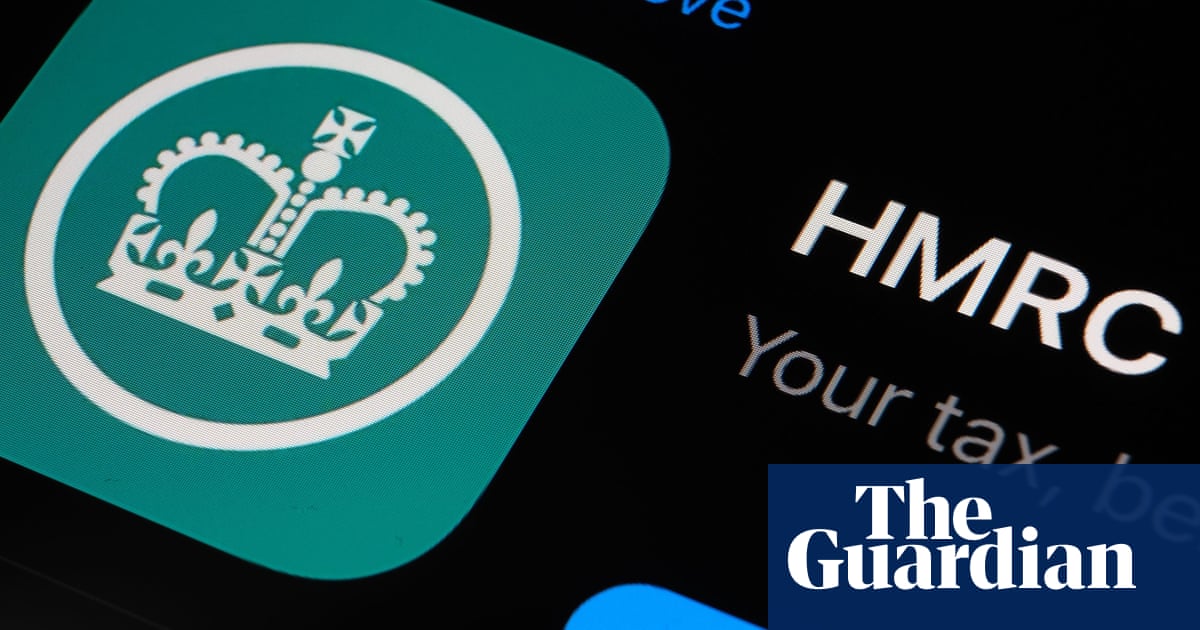The number of people in the UK paying income tax at the higher rate is expected to increase by 500,000 this tax year, to more than 7 million, according to official figures.
Income tax thresholds used to rise in line with inflation but have beenfrozen at the same level since 2021, a move announced by the then ,chancellor, Rishi Sunak.
In 2021-22, 4.4 million people paid tax of 40% on some of their income, the data from HM Revenue and Customs shows.
Over the same period the number of people of state pension age paying some income tax has risen by almost 2 million.
The freeze on tax thresholds, which was extended until 2028 during Jeremy Hunt’s period as chancellor, has meant that as wages and pensions have been increased to help people cope with inflation, more have moved into a higher tax bracket – a phenomenon known as fiscal drag.
The threshold for the personal allowance – the sum that can be earned each year before paying income tax – is set at £12,570.
HMRC’s figures show there are expected to be 39.1 million people earning above that in the current tax year, with the majority – 30.4 million – paying tax at the basic rate of 20%.
The full new state pension now adds up to £11,973 a year, and there are expected to be 8.7 million people of state pension age paying income tax in 2025-26.
Laura Suter, the director of personal finance at the investment platform AJ Bell,said: “Everyone is caught by frozen tax thresholds, including pensioners and anyone with earnings above the £12,570 personal allowance threshold. However, it is those who drift into higher tax bands as a consequence who feel the most pain.”
Thresholds are different in Scotland, but in the rest of the UK, “once you move over the £50,270 mark, your next pound of earnings is hit with a 40p deduction, rather than the 20p paid by basic-rate taxpayers, meaning you see much less of any salary increases in your payslip at the end of the month”, Suter said.
“They now account for almost a fifth of all taxpayers, illustrating that the higher rate of tax, once reserved for those on healthy salaries, is now pretty commonplace.”
A government spokesperson said:“This government inherited the previous government’s policy of frozen tax thresholds.
“At the budget and the spring statement, the chancellor, Rachel Reeves, announced that she would not extend that freeze. We are also protecting payslips for working people by keeping our promise to not raise the basic, higher or additional rates of income tax, employee national insurance or VAT.”
